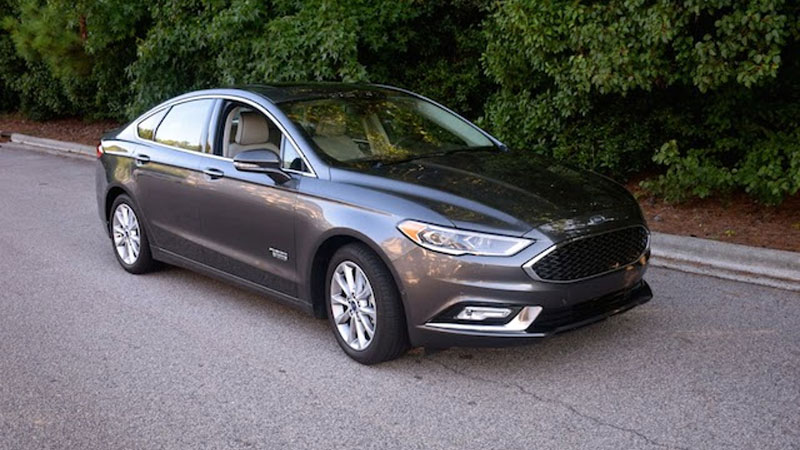2017 Ford Fusion Energi: Electrified Evolution
Ford’s PHEV is surprisingly reasonably priced. Three model years passed by and I finally got behind the wheel again of a Ford Fusion. Just like the last time, this model was the Fusion Energi, a plug-in hybrid electric vehicle based on Ford’s popular midsize car. Now in its fifth model … Read more

